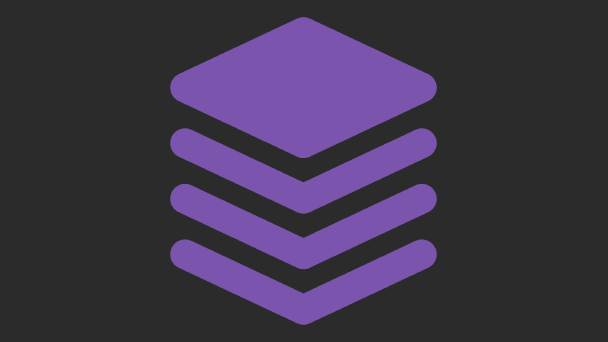In the fast-paced world of event organizing, your customer database is more than just a list of names, it’s like a treasure map with an “X” marking a goldmine of insights. But let’s be honest: most organizers treat it like a dusty storage box in the attic.
The result? Missed opportunities, bloated marketing budgets, and ticket sales that feel more like a gamble than a strategy. Let’s explore practical ways to optimize your customer data for smarter, more cost-effective marketing campaigns.
Think of it as Marie Kondo-ing your database, keeping what sparks joy and turning it into sold-out events. One of the biggest blunders in event marketing is treating your database like a one-size-fits-all sweater.
Sure, it works for some, but most of your audience is left scratching their heads wondering why you sent them updates about an event 5,000 miles away. By segmenting your data, you can deliver laser-focused messages that actually resonate.
Segment by interest, sorting attendees into groups like trance lovers vs. house music fans. Then by location, targeting audiences in specific cities or regions. From there you can then move to behaviour, identifying VIP ticket buyers, early-bird grabbers, or those who just can’t resist an upgrade.
Imagine having 200,000 contacts in your database and sending a Sydney-based house music event invite to everyone. Now imagine sending it only to the 5,000 Sydney locals who actually like house music. Boom, your inbox is happier, your costs are lower, and your conversions skyrocket.
Think of your customer database as a cake. Sure, the basic sponge (name and email) is good, but it’s the frosting (preferences, location, purchase history) that makes it irresistible. By enriching your data, you get the whole dessert, and the power to make every bite count.
Collect their interests and preferences, is trance their jam, or do they vibe to acoustic? Location and demographics are also good. Are they near your event or stuck on another continent?). You should also look at their purchase history. Did they splurge on VIP or stick to general admission?).
Tag your attendees like a well-organized closet. “VIP package lover,” “frequent buyer,” or “open-rate champion.” It makes personalization a breeze and keeps you looking like the Sherlock Holmes of marketing.
Use Data to Reduce Marketing Costs
Mass email campaigns are like throwing spaghetti at the wall to see what sticks, and let’s be real, it’s not a cute look for your marketing budget. Optimizing your data ensures your campaigns are more like laser-guided darts hitting bullseyes.
Only send event-specific updates to relevant segments. For example, a Sydney house music event update for house fans in Sydney (not jazz fans in Perth). Upload your segmented customer list and let Meta do the heavy lifting with custom audiences.
Focused campaigns equals less wasted money which in turn equals higher ROI. It’s marketing math, but it’s the kind that makes you smile instead of sweat. Once you’ve segmented and targeted your database, it’s time to clone your best customers.
Lookalike audiences on platforms like Meta are basically your marketing doppelgängers, finding people who share traits with your most engaged attendees.
Upload your segmented customer list to Meta. Create lookalike audiences based on high-value attendees (like VIP buyers or early-bird fans). Target these “twins” with ads that speak their language.
This should result in you expanding your reach without sacrificing relevance, driving more ticket sales while keeping your costs in check. It’s like having your cake and eating it too, but better.
Automate and Streamline Campaigns
Who doesn’t love a shortcut? Automation tools are the superhero capes your marketing strategy needs, helping you deliver timely messages without lifting a finger (well, maybe just one click).
Abandoned cart emails, a friendly nudge to complete that ticket purchase. Use event reminders to automatically pin them about schedules, special offers, or last-minute availability. Run loyalty campaigns to surprise your repeat attendees with exclusive perks.
Automation makes it easy to keep your audience engaged without burning out your team, or your coffee machine. Once you’ve done this it’s about analyzing and optimizing your efforts.
Your data isn’t just for show, it’s there to help you get better. Track what’s working, refine what isn’t, and let the numbers guide you toward more effective strategies.
Metrics to Monitor should include your email open and click-through rates (Are your subject lines snazzy enough?). Ad performance so you can see which campaigns are crushing it, ticket sales by segment such as who’s buying, and who’s ghosting?.
Treat your campaigns like science experiments. Test, tweak, repeat, and keep track of your findings for future events. It’s basically the “rinse and repeat” of marketing brilliance.
Optimizing your customer data isn’t just about organizing names into pretty columns. It’s about unlocking a secret weapon for connecting with your audience, boosting ticket sales, and slashing unnecessary costs.
So, what are you waiting for? Dust off that database, slice and dice it with precision, and start seeing the results. And if you’re ready for a unified platform that makes this whole process a breeze, we’ve got your back.

